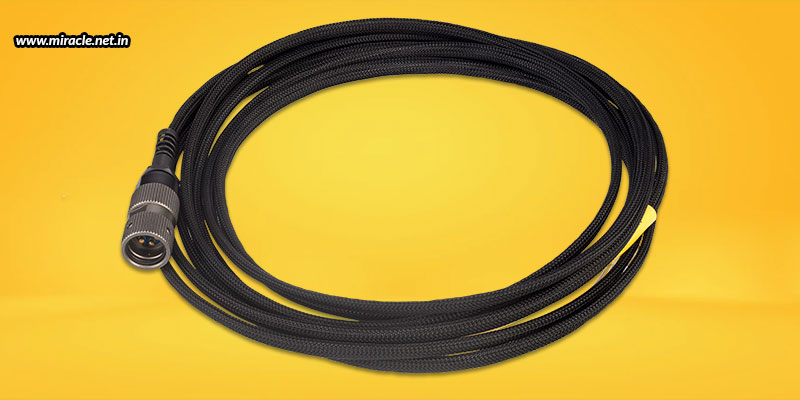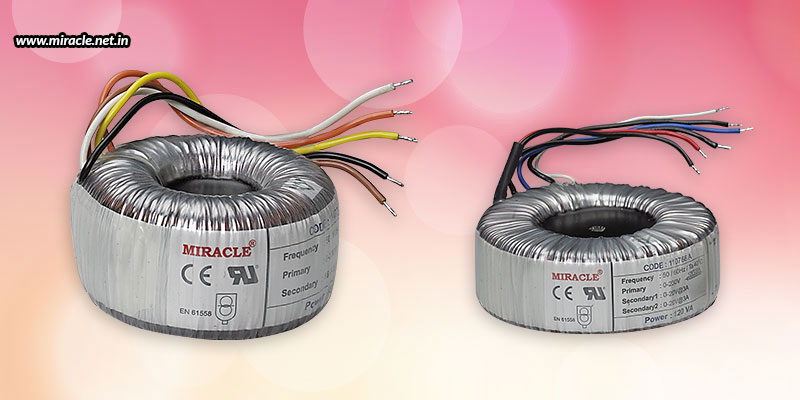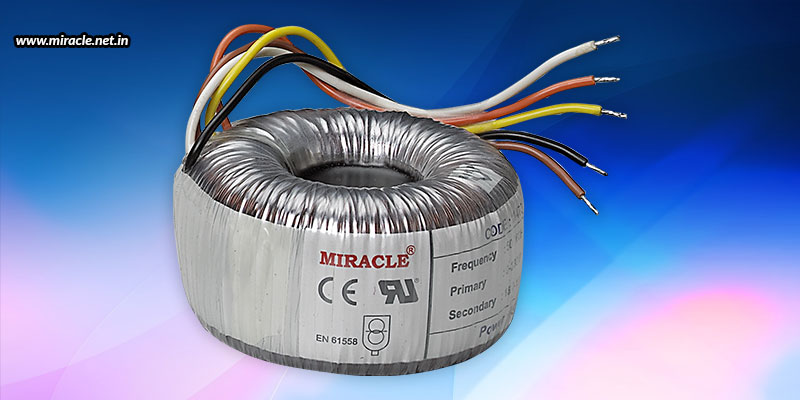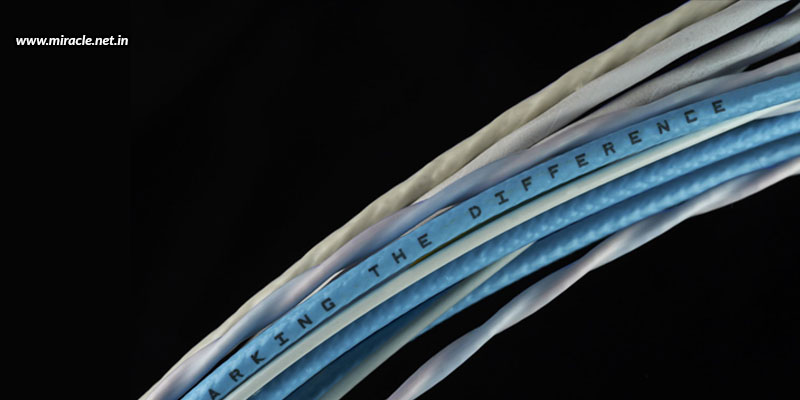When you talk about aerospace or aviation, you get multiple things boggling in your mind, such as the aircraft, the metal, the design, the engine, the control systems, the navigation systems, the communication systems, and everything else. But, how often do you think one thinks about cable assemblies when the words aerospace and aviation are considered or spoken about? Not too often, isn’t it? Yet, what an irony it is that these tiny often-so-overlooked components are so crucial to the success of communications and control systems used in both commercial and military aircrafts!

Over more than the past two decades, Miracle Electronics has become a primary source for such crucial cable assemblies used in both commercial and military avionics. Technological advances can make it difficult to know how to choose the right assembly for your needs. But, with the expertise and experience of the technicians and certified engineers at Miracle Electronics, one of the finest aircraft cable assembly manufacturers in India, there should be no trouble at all!
Requirements of aerospace applications
Technological advancements are creating new challenges for such cable manufacturers. Not only do they need to meet high-performance standards, they also need to come up with lighter and smaller designs more cost-effectively. Even though the devices are getting smaller, they still need to meet the same rugged requirements. They should be capable of operating in tough environmental conditions at extreme temperatures, accepting every kind of shock, vibration, and pressure that comes their way. Military component manufacturers are under pressure to accomplish all of this, while keeping costs down, and maintaining safety.
Two basic types of aerospace cable systems
Cables for aerospace applications range in high-speed data cables and RF assemblies to power distribution cables.
High-speed data cables
With tremendous amount of data being transmitted and received, aerospace cable assemblies are required to deliver high-speed connectivity for the demanding aerospace communications, in spite of the harsh environments they pass through on their way. The best options of cables that can serve this purpose are Cat 7 cables that support high-speed voice, video, and data traffic, and are completely compatible with Cat 6A couplers and adapters. Other high-temperature-rated Ethernet cables, specifically designed for aerospace environments are Cat 6A and Cat 5E. These cables meet all RoHS requirements, and are successfully used in cabin management systems, in-flight systems, backbone avionics, ground vehicle trunks, and general aerospace usage.
RF cable assemblies
Over time, the sheer amount and complexity of information to be transmitted in aerospace applications has substantially increased. The RF circuit building blocks have thus been through many changes to accommodate the latest advancements in the industry including miniaturization, increased reliability, and the ability to rapidly transmit even complex data. Spaces are becoming smaller, reducing the usage of bulky devices, bringing upon a challenge to fit more components into smaller device form factors, while ensuring optimal functionality. Aerospace cables are required to operate at higher frequencies, sending more information in a given amount of time, or sending the same things within a fraction of the time. All of this needs to be considered while building cable assemblies for aerospace applications, testing every cable thoroughly for all kinds of mechanical, electrical, and functional aspects. Lighter, smaller designs, that are critical for ever-growing space-constrained aerospace applications, coupled with compliance, stringent safety, and environmental requirements, will continue to drive the industry to make advances in designs and processes. You need to thus always be in touch with aircraft cable assembly manufacturers in India who know the ins-and-outs of the business, and are always up with the latest trends and technologies, so as to provide you with the most appropriate solutions for your particular application.
For more information, visit: https://www.miracle.net.in/







